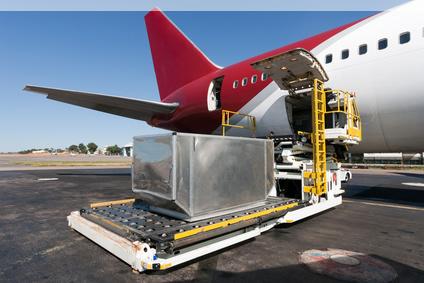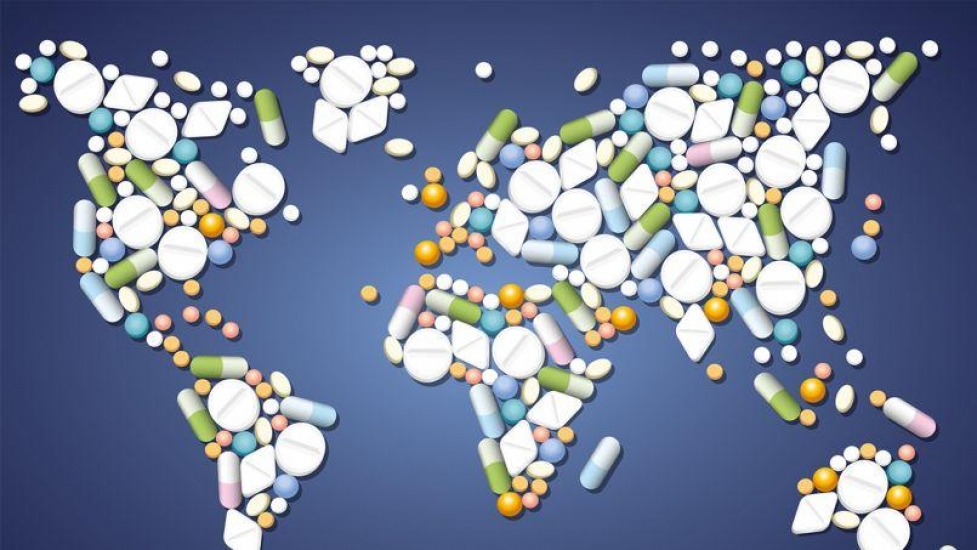The pharmaceutical cold chain
The pharmaceutical cold chain: why such keen interest?
The cold chain currently represents 19% of all pharmaceutical logistics. A figure explained notably by spending on refrigerated medicines (+2/+8° C) which is increasing annually by about 7%.
Biotechnologies: refrigerated medicines with high added value
Pharmaceutical manufacturers are increasingly channeling their investments into biotechnologies. Beginning in the 1980s, the global biotechnology market has grown exponentially. The logistics for maintaining the quality of heat-sensitive products shipped by manufacturers to hospitals, clinics, pharmacies and patients around the world represents more than 15% of all pharmaceutical logistics worldwide.
Although all biotechnological products do not always need to be stored via the cold chain, the vast majority are heat-sensitive. Medicines stemming from biotechnologies are those which have the highest value in the healthcare product market. Biopharmaceutical manufacturers must therefore invest in technologies and services in order to guarantee the quality and efficacy of their products during their shipment around the world, which involves medicines stemming from biotechnologies, vaccines, insulins, blood products and other products.
Cell therapies: innovations under strict surveillance
Pharmaceutical R&D places the emphasis on cell therapy and the use of stem cells which use the immune system of a patient to treat a disease. Another speciality, regenerative medicine, creates entire organs using living tissues (it is applied in particular to treat degenerative diseases such as Parkinson’s disease or conditions involving the destruction of cells, tissues or organs such as diabetes).
These therapies involve the transportation, storing and handling of living cells from the collection point or storage place of the cells (e.g. biobank), the pharmaceutical company which will modify or transform them, and their return to the establishment in charge of treating the patient. At a commercial level, these are still niche markets, but the management of their distribution will increase the complexity and the cost of treatment.
Regulations: increasing restrictions for temperature-controlled transportation
Another factor for the increase in logistics via the cold chain is the regulatory context. The transportation of pharmaceutical products, medical devices and other healthcare products is increasingly restrictive and regulated by international and national bodies. Good distribution practices (GDP) not only concern refrigerated products, but also products shipped at controlled room temperature (CRT).
In 2016, Pharmaceutical eCommerce estimated that spending linked to cold chain logistics is more than 12 billion dollars worldwide, out of a global pharmaceutical logistics market of 79 billion dollars. 9 billion dollars go towards transport and 3 billion dollars to specialized tertiary packaging and equipment: insulated packaging solutions, thermal covers, phase-change materials, temperature recorders, etc. By 2020, Pharmaceutical eCommerce forecasts that spending in cold chain logistics for biopharmaceutical products will increase to more than 16 billion dollars.
Which packaging solutions ensure safe shipping and transportation of pharmaceutical products via the cold chain?

The majority of shipped biopharmaceutical products are transported refrigerated (+2/+8° C). The amount of frozen products is very low in comparison.
Several insulated solutions are available on the market to ship pharmaceutical products with high added value strictly between +2/+8° C:
- Active packaging solutions supplied by an electrical power source
- Passive packaging solutions which are completely autonomous
- Semi-active solutions, i.e. autonomous insulated packaging solutions which offer continuous regulation of the payload.
Passive insulated pallet shippers are the most commonly used for air freight shipments because they allow large amounts of medicines to be shipped in complete safety and at a lower cost. An optimal solution to minimize the TCO of your cold chain – particularly since passive solutions have been constantly developing in recent years: multiple configurations for any one packaging solution for year-round use, which can be adapted according to the desired duration (e.g.: Initial boxes ), lighter packaging solutions, with an optimized external size ratio, easier to prepare so as to reduce transportation costs, and increasingly efficient insulating technologies to offer significant storage periods (VIP technology), etc. Passive solutions will continue to surprise and innovate.
